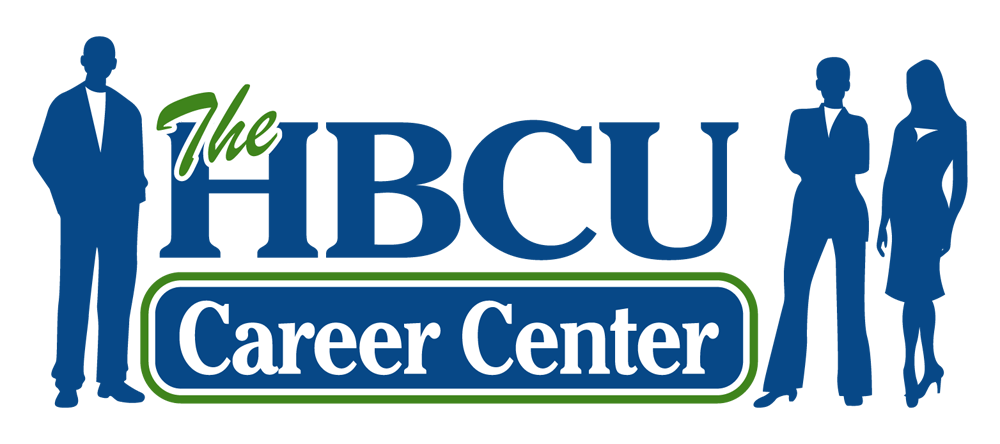The Basics of Writing a Great Cover Letter
An engaging cover letter is an essential component to grabbing a recruiter’s interest. While a resume or CV describes your skills, work experience, and educational background, a cover letter provides a more unique, in-depth overview of your career. A cover letter is an extra chance to show why you’re a great candidate for the position and tell stories that show evidence of the value you’ll bring to a company.
A cover letter is often composed in the following format:
Header with candidate’s and company’s contact information
Greeting or salutation
Opening paragraph that hooks the employer and shares why you’re interested in the position
Middle paragraph(s) that hones in on stories that connect directly to the skills the employer is looking for and underlines what it illustrates about your expertise
Closing paragraph that reiterates your interest
Conclusion of letter and signature
A solid cover letter boosts your resume or CV and makes you a strong competitor against other candidates. It’s where you can add more personality to your application.
To increase the chances of your application capturing a hiring manager's attention, use the following tips to develop a high-quality and well-written cover letter.
Include a header
Use a standard header on your cover letter that includes your name, phone number, email address and city. In addition, you’ll also want to put the date and name of the recipient (try your best to find a name of a hiring manager) , as well as the company’s name and address.
Here’s an example of a cover letter header:
Alicia Simmons
Brooklyn, NY
(555)123-4567
January 5th, 2023
Mary Washington
Company 123
Brooklyn, NY
Add a greeting or salutation
As with any professional letter, you’ll want to include a greeting. Research the name of the hiring manager or recruiter to add their name to the letter. You’ll usually be able to make an inference about who you’re sending your application to by doing some research on LinkedIn or on the company’s website.
Develop an opening paragraph
Within the first paragraph of your cover letter, be sure to mention the position you're applying for and discuss why you’re interested in the role by re-stating your top qualifications and skills. With the opening paragraph being the first section your reader lays their eyes on, you’ll want to ensure that it’s easy to read, well-written, and appealing.
Continue with a second paragraph
In the second paragraph, you can dive deeper into your professional background. Discuss your most relevant roles, skills, education, and achievements that align with the position. If possible, hone in on one to three specific, measurable accomplishments to boost your cover letter. You don’t have to talk about everything in the cover letter! The key is to think of your top experiences that you feel illustrate the key elements of the position you’re applying for.
The closing paragraph
The last paragraph should expand upon a specific role, skill, or accomplishment that relates to the position you’re going for. As mentioned before, it’s recommended that you include a measurable achievement that highlights your professional qualities.
Here’s an example of a measurable achievement:
“During my time at Gilio Enterprise, my social media marketing skills helped the company achieve a new level of customer success with a 65% increase in Instagram followers.”
Re-state why you’re applying for the role and how your qualifications make you a great candidate. Avoid overdoing the conclusion, as you’ve already provided an in-depth overview of your professional qualifications in the previous paragraphs.
Lastly, add your signature at the bottom of the cover letter after composing your summary.
Check out this example of a professional closing and signature:
“Thanks for reviewing my application for the Marketing position. I’m confident that my background in growing global social media platforms will make me a successful team member at your company. I look forward to continuing the conversation about this excellent position.
Kind Regards,
Alicia Simmons”
Review it
Before sending your cover letter to the hiring manager, read over it a few times. You should read it aloud, as it’s sometimes easier to hear writing errors than read them. In addition, it never hurts to have a friend or family member to look over your cover letter.
Use a professional font
A hard-to-read font is not recommended for a cover letter. Unappealing fonts and confusing formatting lessen the chances that your resume will be read at all. Think about it from the employer’s perspective, they’re skimming through several resumes looking for candidates to interview — don’t put unnecessary obstructions in front of your skills and experience! Fonts like Arial, Calibri, or Times New Roman between sizes 10 to 12 will do. In addition, you can stick to single-spacing and 1-inch margins for the document.
If you’re applying for jobs in the same industry, you can easily re-use your cover letter by making a few adjustments when submitting applications to different positions.
Need help editing your resume? Get free resume feedback from expert resume writers today.

